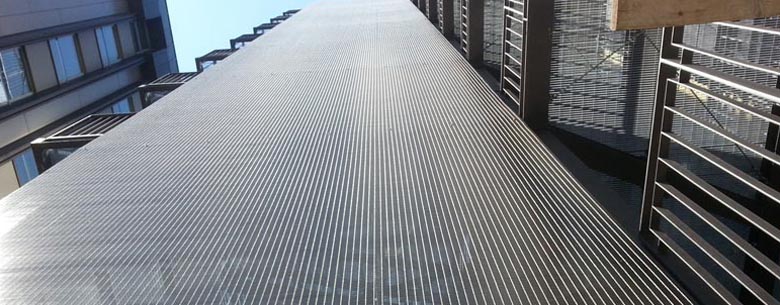Anti-Fence Climbing Ensuring Safety and Security in Urban Spaces
In urban environments, public spaces are designed for the enjoyment and safety of all citizens. However, the rise of fence climbing has become a notable concern, prompting discussions around security, safety, and the psychological implications of creating barriers that not only restrict access but also create visual divides within communities. This article addresses the phenomenon of fence climbing, examines the reasons behind it, and explores the various anti-fence climbing measures that can be implemented to enhance safety and security.
Understanding Fence Climbing
Fence climbing is often associated with trespassing, illegal access to restricted areas, and sometimes even criminal behavior. This activity can lead to serious safety hazards, not only for the climbers but also for property owners and the general public. Individuals may climb fences to access private property or escape from a situation, reflecting a broader social issue regarding safety, accessibility, and sometimes desperation.
The reasons behind fence climbing can be multifaceted. In some cases, individuals may be seeking adventure or thrill. In others, it may stem from socioeconomic factors where individuals feel the need to claim space that they perceive as being alienated or divided from them. Furthermore, in urban environments where space is limited, fences can act as psychological barriers, creating a sense of ‘us versus them’ among communities.
Implications of Fence Climbing
The implications of fence climbing extend beyond mere property damage. There are safety concerns associated with unauthorized access to hazardous areas, such as construction sites or industrial zones. Additionally, the act can lead to increased tensions between communities, particularly in areas where property boundaries define social and economic disparities.
Moreover, the visual aesthetics of urban areas can suffer as a result of poorly maintained fences and barriers. Instead of serving as protective measures, they can contribute to a sense of desolation and imprisonment, thereby affecting the overall quality of life in neighborhoods. Communities might then become less inviting, as people feel unease among the spaces littered with high barriers and visually unappealing structures.
Anti-Fence Climbing Measures
To combat the issues surrounding fence climbing, a variety of anti-climbing measures can be introduced
. These can be classified into physical barriers, technological solutions, and community engagements.anti fence climbing

1. Physical Barriers
Enhancements to the design of fences can serve as effective deterrents against climbing. For instance, adding spikes or barbed wire at the top of fences can discourage intruders, though such measures can sometimes be seen as aggressive. Hence, employing a more community-friendly design, such as sloped designs or anti-climbing mesh, can maintain security without being visually intimidating.
2. Technological Solutions
With the advent of technology, there are numerous electronic solutions available to prevent unauthorized access. Surveillance cameras, motion sensors, and alarm systems can act as powerful deterrents. Additionally, smart solutions can provide real-time alerts to property owners, enabling swift responses to potential intruders.
3. Community Engagement
Perhaps one of the most effective anti-fence climbing strategies involves the community. Engaging local residents in discussions about the purpose and necessity of certain fences can foster understanding and cooperation. Communities can work together to develop shared spaces that prioritize accessibility and safety, reducing the need for high, imposing barriers altogether.
Creating community gardens, parks, or recreational spaces can encourage neighbors to interact positively, thus fostering a culture of vigilance and care over shared spaces without the need for erecting high fences. When barriers are replaced with opportunities for community engagement, the likelihood of fence climbing diminishes.
Conclusion
In summary, the issue of fence climbing encapsulates deeper social dynamics, as well as practical safety concerns in urban environments. By implementing a combination of thoughtful physical designs, advanced technological solutions, and community engagement initiatives, we can create safer, more inclusive urban spaces. As cities continue to evolve, it is imperative that we rethink the role of fences and barriers, fostering environments that promote safety, camaraderie, and mutual respect among all inhabitants. In this way, anti-fence climbing measures not only protect property but also contribute to a more cohesive urban society.
-
Why Galvanized Trench Cover Steel Grating Resists Corrosion
NewsJul.10,2025
-
The Versatility and Strength of Stainless Expanded Metal Mesh
NewsJul.10,2025
-
Load Calculations in Steel Grating Platforms
NewsJul.10,2025
-
Keeping Pets and Kids Safe with Chicken Wire Deck Railing
NewsJul.10,2025
-
Hole Diameter and Pitch for Round Perforated Metal Sheets
NewsJul.10,2025
-
Aluminium Diamond Mesh in Modern Architecture
NewsJul.10,2025
Subscribe now!
Stay up to date with the latest on Fry Steeland industry news.

